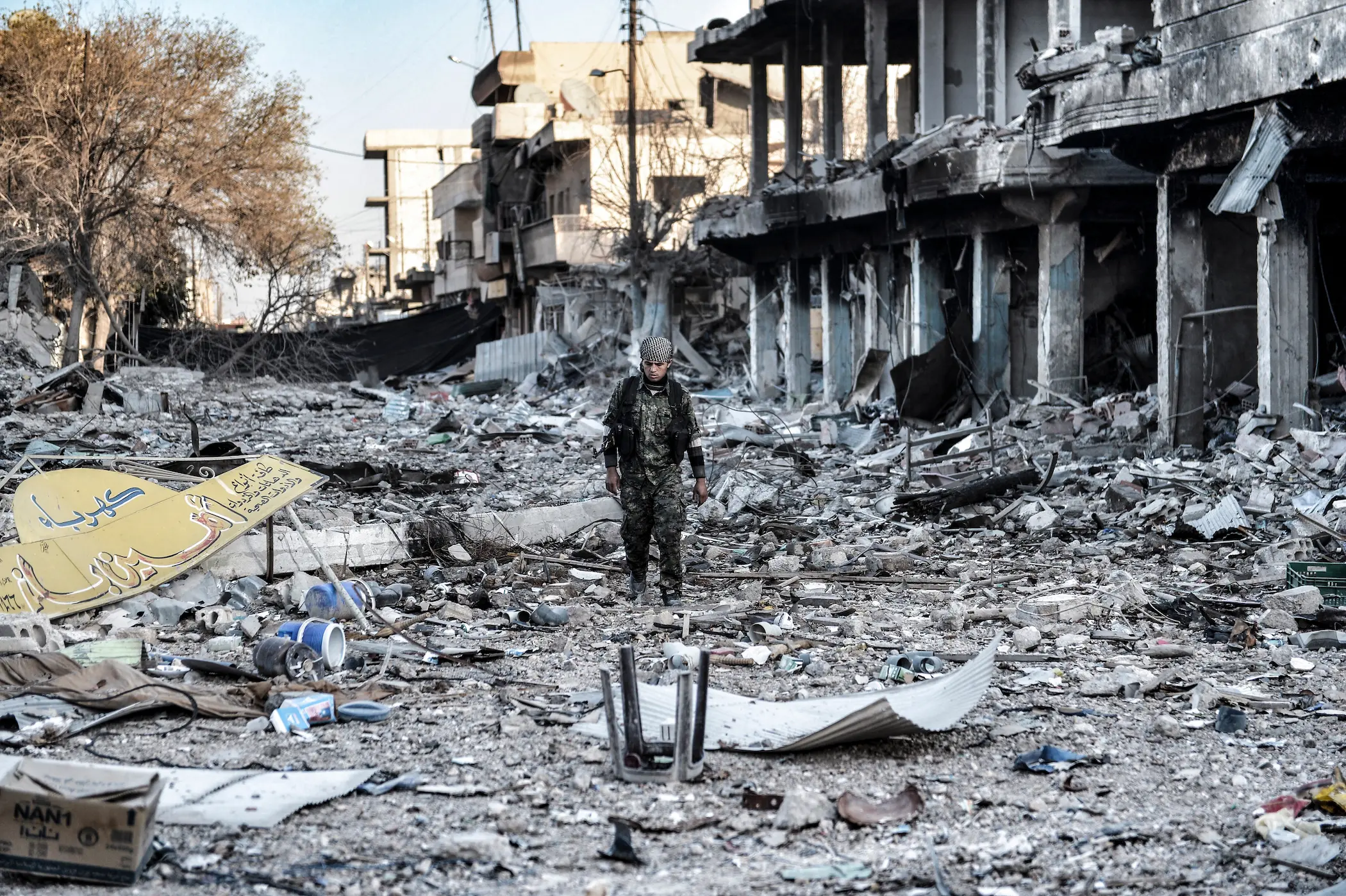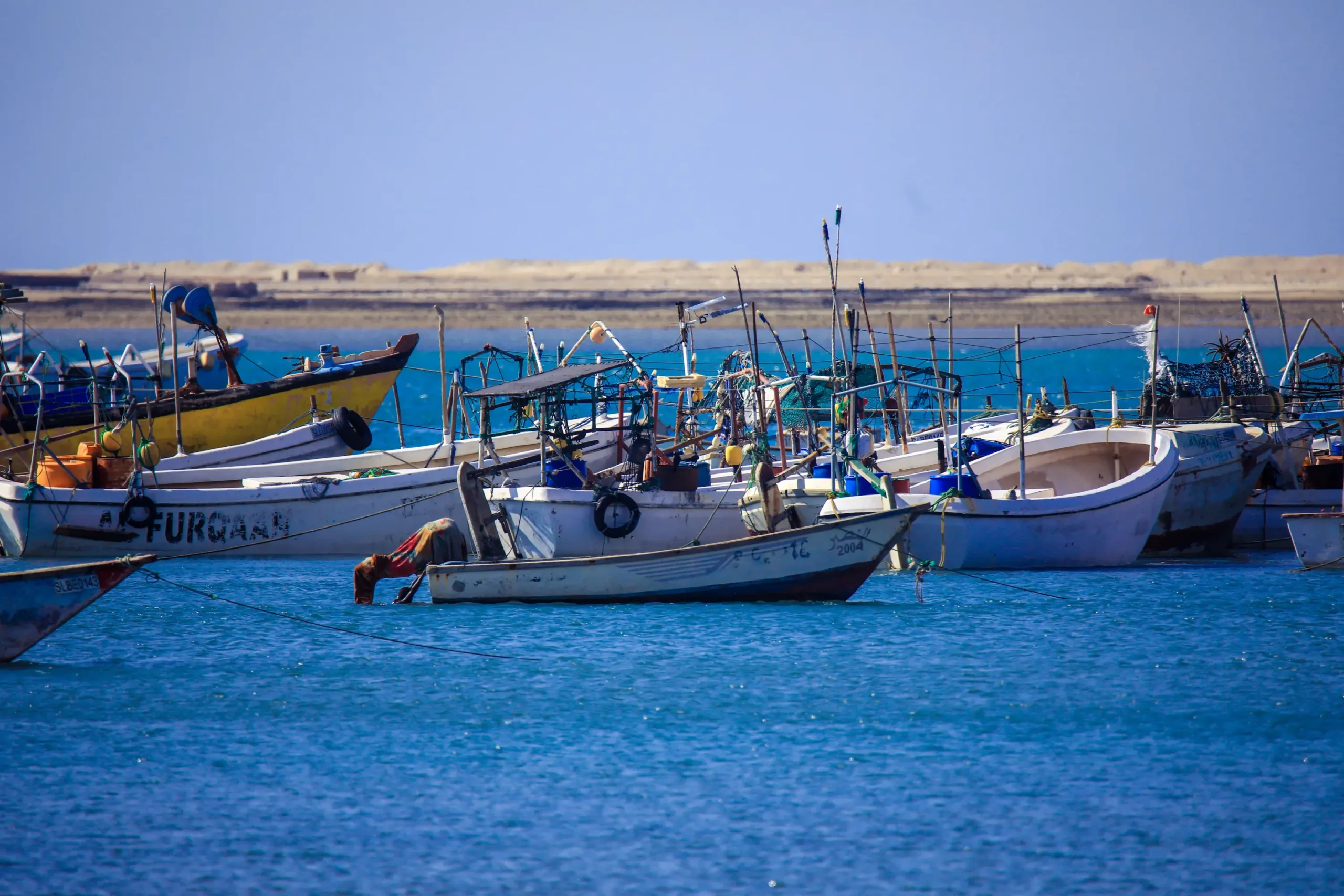Southeast Asia's history, marred by prolonged conflicts since the 1950s, offers pertinent lessons for strife-torn regions seeking stability. The spectre of the Cold War transformed countries like Vietnam into battlegrounds for over two decades, pitting communist and capitalist ideologies in a gruelling contest. Laos, too, bore the scars of proxy warfare, enduring a protracted struggle between the communist Pathet Lao forces, backed by a sizable contingent of North Vietnamese troops of Laotian descent, and the royal government, in a conflict that spanned more than two decades.
Moreover, the region grappled with internal strife fuelled by ethnic divisions, exemplified by Myanmar’s protracted conflict with its ethnic minorities and the ruthless reign of the Khmer Rouge in Cambodia, which inflicted genocide and displacement for over seven harrowing years. Lingering vestiges of colonialism further exacerbated tensions, notably evidenced in the Konfrontasi spanning from 1963 to 1966, where armed opposition launched an undeclared war primarily along the border between Indonesia and East Malaysia on the island of Borneo. The Philippines, too, staked claim to a significant portion of Sabah state in eastern Malaysia. Border disputes persisted, including the contentious Bukit Jeli region between Malaysia and Thailand, encompassing an 8.5 km stretch along their shared boundary. The South China Sea, a strategic maritime thoroughfare facilitating approximately $5 trillion in global trade, witnessed simmering territorial disputes among regional powers, crucial for funnelling roughly 80% of crude oil to destinations like Japan, South Korea, and Taiwan. Its untapped reservoirs boast 11 million barrels of oil and 190 billion cubic feet of natural gas, rendering it a coveted prize that has fuelled decades-long tensions and rivalries. Central to the discord is China’s assertive nine-dash line, which asserts dominion over more than 90% of the sea’s expanse, intensifying competition and exacerbating regional anxieties.
Amidst the tumult, the Association of Southeast Asian Nations (ASEAN) emerged as a beacon of hope amidst the region’s tumultuous backdrop, offering a blueprint for peace, stability, and economic prosperity in a landscape scarred by conflicts and civil strife. However, ASEAN’s genesis was humble, starting as a loose coalition of developing nations in 1967, comprising Indonesia, Malaysia, the Philippines, Singapore, and Thailand, the latter already established as independent following centuries of colonial rule and foreign dominance. In its nascent stages, ASEAN faced scepticism about its viability, particularly in light of the vacuum left by major powers, which often exploited the region for proxy conflicts and geopolitical rivalry. Yet, the vision of a regional organisation served as a bulwark against such influences, providing a platform for collective self-help among newly sovereign states and allowing them to prioritise nation-building and economic advancement. Moreover, ASEAN offered a unified voice on the global stage, amplifying the region’s influence within the international community.
Throughout the 1970s and 1980s, the Association embarked on a gradual path, prioritising trust-building and fostering avenues for communication among its members. Recognising the symbiotic link between economic integration and security, member states championed initiatives to deepen economic ties, laying the groundwork for initiatives such as preferential trade agreements. The establishment of the ASEAN Free Trade Area (AFTA) in 1992 marked a pivotal milestone, ushering in an era of reduced trade barriers, bolstered intra-regional commerce, and heightened foreign investment. As a result, AFTA has ascended to become the world’s second-largest customs union, contributing to a formidable economic bloc with a combined GDP of $3.9 trillion in 2022, as per data from the International Monetary Fund, trailing only behind the United States, China, and the European Union in global economic prowess.
The ASEAN nations maintain robust ties with multiple stakeholders through the East Asia Forum, encompassing not only regional players but also global heavyweights such as the United States, China, Russia, India, Japan, South Korea, Australia, and New Zealand. In 2022, ASEAN countries collectively exported approximately $862.5 billion worth of goods, marking a notable 13.9% surge from the previous year. Meanwhile, intra-regional trade within ASEAN reached around $335.4 billion in goods in 2022, reflecting a significant 21.4% uptick compared to 2021.
The Alliance also spearheaded efforts to counter the encroaching threat of communism and quell active communist movements within the region. To foster regional stability, it extended invitations for Vietnam’s accession in 1995, followed by Laos and Myanmar in 1997, and Cambodia in 1999. Furthermore, ASEAN was pivotal in facilitating China’s peaceful ascent, fostering a harmonious environment that curbed aggressive inclinations. China’s adherence to the Treaty of Friendship and Cooperation underscored a commitment to “non-alignment, non-militarization, and non-exclusivity” in its relations with ASEAN until bilateral trade volumes surged to $975 billion in 2022. Subsequently, China leveraged insights gleaned from this pact, applying them to its engagement with Central Asia, epitomised by the establishment of the Shanghai Cooperation Organization.
Analysing the bedrock of ASEAN’s success reveals the pivotal role of leadership propelled by unwavering political resolve, particularly during the organisation’s inception. Notably, the visionary leadership of Thai Foreign Minister Thanat Khoman, a founding figure of ASEAN, proved instrumental in fostering unity among neighbouring nations. Khoman orchestrated pivotal negotiations and dialogues among counterparts from Indonesia, Malaysia, the Philippines, and Singapore at a tranquil Thai retreat, envisioning an organisation that would fortify regional bonds, foster peace and prosperity, and defuse conflicts through diplomatic channels. This seminal gathering culminated in the historic signing of the Bangkok Declaration. Subsequent to its inception, ASEAN instituted regular summits and ministerial meetings, fostering coordinated efforts and bolstering cooperation across diverse domains, including economics, security, culture, and sustainable development. Through collaborative leadership, ASEAN forged an efficacious organisational framework and dialogic mechanisms for decision-making. This collective stewardship has underpinned ASEAN’s resilience and cohesion throughout the years, navigating the intricate tapestry of member state diversity and surmounting multifaceted regional challenges.
Embracing a doctrine of “unity in diversity,” ASEAN champions a profound respect for individual disparities, an ethos that has galvanised a robust sense of regional identity and collaboration amidst a rich tapestry of cultures and civilisations converging within its borders. The unparalleled breadth of cultural, religious, linguistic, and ethnic diversity within ASEAN sets it apart globally. Within its relatively compact geographical expanse, approximately 240 million Muslims, 130 million Christians, 140 million Buddhists, and 7 million Hindus coexist harmoniously, exemplifying the mosaic of beliefs and traditions that define the ASEAN landscape.
While there may be no one-size-fits-all solution for stabilising the Middle East, the model of regional integration observed in Southeast Asia presents a compelling case study. In 1967, amidst the tumult of conflicts plaguing the Middle East, Southeast Asian nations grappled with their internal strife. Despite these challenges, ASEAN emerged as a paragon of successful integration, leveraging consensus-building, dialogue, and the pursuit of shared interests. Consequently, ASEAN stands as a testament to the efficacy of regional cooperation endeavours, wherein peace serves as a guiding principle and economic collaboration as a pathway to prosperity and well-being for its populace. The ASEAN paradigm prompts a pertinent query: Could ASEAN’s blueprint serve as a model for fostering stability and development in the Middle East?






















Comments